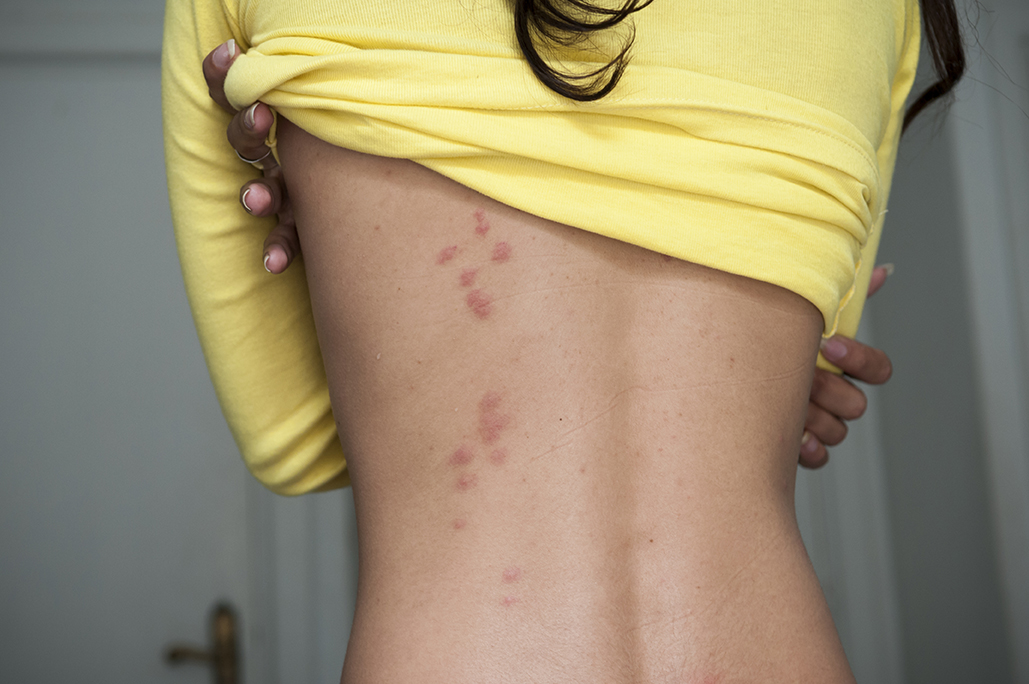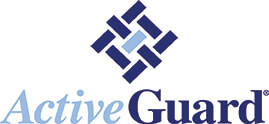NATIONAL REPORT—Bed bug incidents in hotel rooms are becoming increasingly more common. In its ‘2018 Bugs Without Borders’ research, the National Pest Management Association reported that 97% of pest professionals had treated bed bugs in the past year. A majority of them said that overall bed bugs service work (69%) and the prevalence of these pests (66%) are increasing. Further, bed bugs can be easily confused with other pests: 84% of pest control professionals were initially contacted about a different type of pest before identifying them as bed bugs.
Reacting to bed bug infestations can be a costly endeavor. It is typically recommended that hotel staff treat not only the infested room, but those adjoining rooms on either side and above and beneath as well.
A 2017 research report entitled “Behind the Cost of Bed Bugs: Hospitality Industry Report” indicated that hotels spend on average $6,383 per bed bug incident. This cost includes the expense for pest control remediation, the loss of room revenue during the inspection and treatment process, guest compensation and discarding of soft goods. The report continues that over a five-year period, bed bug-related costs to hoteliers could catapult to more than $160,000.
Up until recently, the additional financial impact of bed bugs on hotel brand reputation was considered an unmeasurable metric. However, a University of Kentucky study found that just one negative report of bed bugs in an online review site can cost a 300-room hotel catering to business travelers $274,000 per month in revenue. When looking at a similarly sized hotel catering to vacation travelers, the costs approached $166,000 per month.
What can hotel staff do to protect not only the mattress, but the guests who are sleeping on them—and the hotel’s reputation? When it comes to bed bugs, protection begins with the mattress and box spring—two places where bed bugs strike most frequently.
Finding the best bed bug mattress cover can be a good first step to prevention, assist in the early detection of bed bugs and become an essential component of an ongoing bed bug program. Hotel staff will quickly find out that not all mattress covers are created equal. Here are are some features to consider when comparing encasements to active mattress liners:
- Determine what is most important to protect: the person sleeping on the mattress, the mattress itself or both. Some covers offer protection to just the mattress or box spring; encasements are one example of bedding-only protection. Just as their name suggests, an encasement fully encases the mattress preventing bed bugs from infesting it. This does not prevent bed bugs from infesting the surfaces of the encasement where people sleep; it simply protects the mattress. Encasements are also available for the box spring, a major repository for bed bugs. However, they are highly prone to tearing given the sharp edges associated with bed frames. Once encasements are damaged, they cannot be repaired.
- Hoteliers looking for a cover that kills bed bugs continuously for two years have only one option. Active mattress liners are specially formulated with an active ingredient built-in that kills bed bugs. Encasements rely on starvation of bed bugs, typically over a one-year period, and only for those bed bugs trapped inside. This also assumes that the encasement has not been torn through use, rendering it no longer useful. Encasements have no impact on bed bugs on the outside.
- Ease of installation is typically an important factor particularly in cases where there is a large number of beds to cover. For these circumstances, consider a liner that can be installed as easily as a fitted sheet and does not disturb hotel operating efficiencies. Encasements typically require two people for installation and require lifting of the mattress and/or box spring. And, because they are prone to tearing, encasements require constant inspection to ensure that rips and tears have not occurred, allowing bed bugs to escape.
Consider how much can be saved by implementing a prevention strategy in a hotel versus reacting to the problem with this hotel savings calculator.
About Allergy Technologies
ActiveGuard® Mattress Liners kill bed bugs. Easily installed on mattresses or box springs, these liners offer two-year continual prevention and control against any adult bed bugs, nymphs or eggs. ActiveGuard has no cautionary signal words or use restrictions on its label. Only four sizes—single/twin, double/full, queen and king—fit almost every available mattress or box spring, and accommodate up to extra-large in length and 17-in. in depth. Underlying is ActiveGuard’s formulation; a unique and proprietary delivery system that offers sustained bioavailability of permethrin for two years. Newest research supports that after a short exposure to ActiveGuard of only 10 minutes, bed bugs regardless of their level of resistance, begin to show significant reductions in feeding (biting) and a dramatic inability to lay eggs. This results in discontinuation of population growth thereby halting progression of an incident to an infestation. If you are seeking a pro-active preventative approach, ActiveGuard should be considered as the centerpiece of a long-term solution to keep bedding from being infested. ActiveGuard Mattress Liners are covered under U.S. Patents 5,916,580, 6,214,365, 6,440,438 and pending patents.
Act now to start preventing bed bugs in your
hotel: https://hotelbedbugprevention.com/hotel-prevention/





